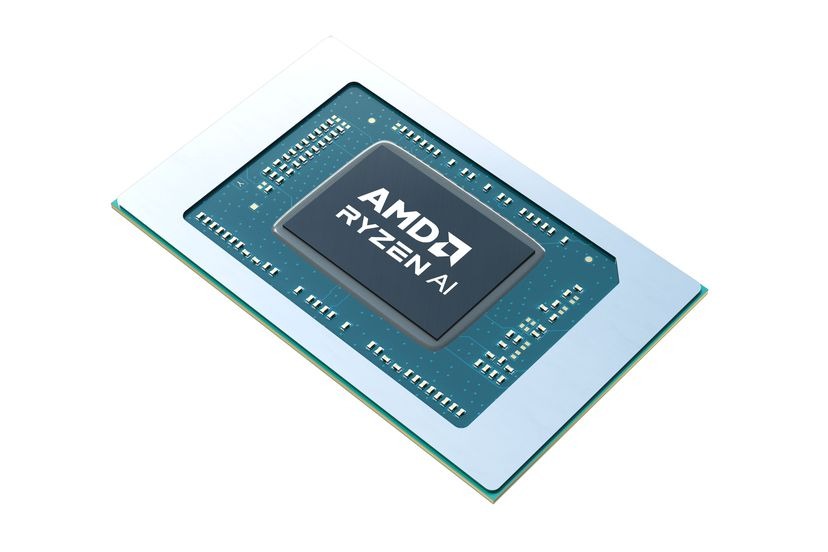The perennial Intel vs AMD desktop CPU battle intensifies! At CES 2024, AMD pulled the curtain back on its highly anticipated next-generation Ryzen 8000 series desktop processors based on the Zen 5 microarchitecture.
These upcoming chips promise significant performance leaps, integrated AI acceleration and improved efficiency. Let’s analyze the key details and explore whether Team Red can finally claim the consumer CPU crown this generation over main rival Intel.
Zen 5 Powers Double-Digit Performance Gains
Transitioning to the cutting-edge TSMC 5nm manufacturing node, AMD quotes up to a 15% uplift in single-threaded throughput with the Ryzen 8000 series compared to prior generation Zen 4 chips.
Multi-threaded speed also clocks over 30% faster thanks to additional CPU core counts. For users, this translates to markedly snappier responses across everyday workloads plus blazing content creation and software compilation speeds.
Integrated AI Acceleration via Zen Ai Cores
But AMD reaches beyond just conventional performance with dedicated Zen Ai silicon taking machine learning capabilities to the next level.
These integrated AI accelerators promise up to 4x throughput improvements for neural network-based workflows like voice assistance, video analysis and image upscaling. Bringing such capabilities closer to the CPU cores yields big wins.
What Does This Mean for Consumers?
From a consumer perspective, having AI acceleration baked into Ryzen 8000 chips enables multiple enhancements:
- Using voice commands to automatically generate video recaps from game footage
- Background noise removal during video calls via on-chip audio analysis
- Faster creative media manipulation leveraging generative algorithms
As AI permeates more aspects of computing, Zen Ai gives AMD a competitive edge this generation.
The Significance of the AM5 Platform
To fully harness Ryzen 8000 capabilities requires upgrading to motherboards wielding the latest AM5 socket configuration.
This platform iteration finally brings key technologies already adopted by Intel to Team Red, including:
- Support for faster DDR5 memory modules
- Full PCIe 5.0 connectivity for blazing storage speeds
- Enhanced USB connectivity and WiFi 6E/7 readiness
So whole system upgrades unlock maximum Ryzen 8000 power, but give purchasers future-proofing for at least a few years.
Efficiency and Eco-Focus as Competitive Edges
Despite substantial performance gains over Zen 4, AMD quotes equivalent or lower chip power consumption figures across gaming and content creation workloads.
The Ryzen 8000 series also utilizes more recycled materials and ships in eco-friendly packaging to reduce environmental impact.
This boosts AMD’s branding as an efficiency and sustainability-focused alternative to Intel’s desktop offerings catering to environmentally conscious users.
Can AMD Finally Dethrone Intel This Generation?
With major Zen 5 architecture advancements delivering new performance heights across conventional and AI computing, plus catching up on key platform features, the Ryzen 8000 family seems primed to be extremely competitive.
Upcoming battlegrounds with Intel’s response using the Raptor Lake and Meteor Lake next-generation architectures promise to be fierce on multi-threaded throughput, gaming prowess and platform readiness.
But even if outright leadership remains hard fought, Ryzen 8000 sets the stage to further push what’s possible in desktop computing for consumers. Exciting times ahead!
Do you think AMD can topple Intel with the Ryzen 8000 series? Which productivity, gaming or creative use cases interest you the most with these new capabilities? Share your thoughts below!










Add Comment